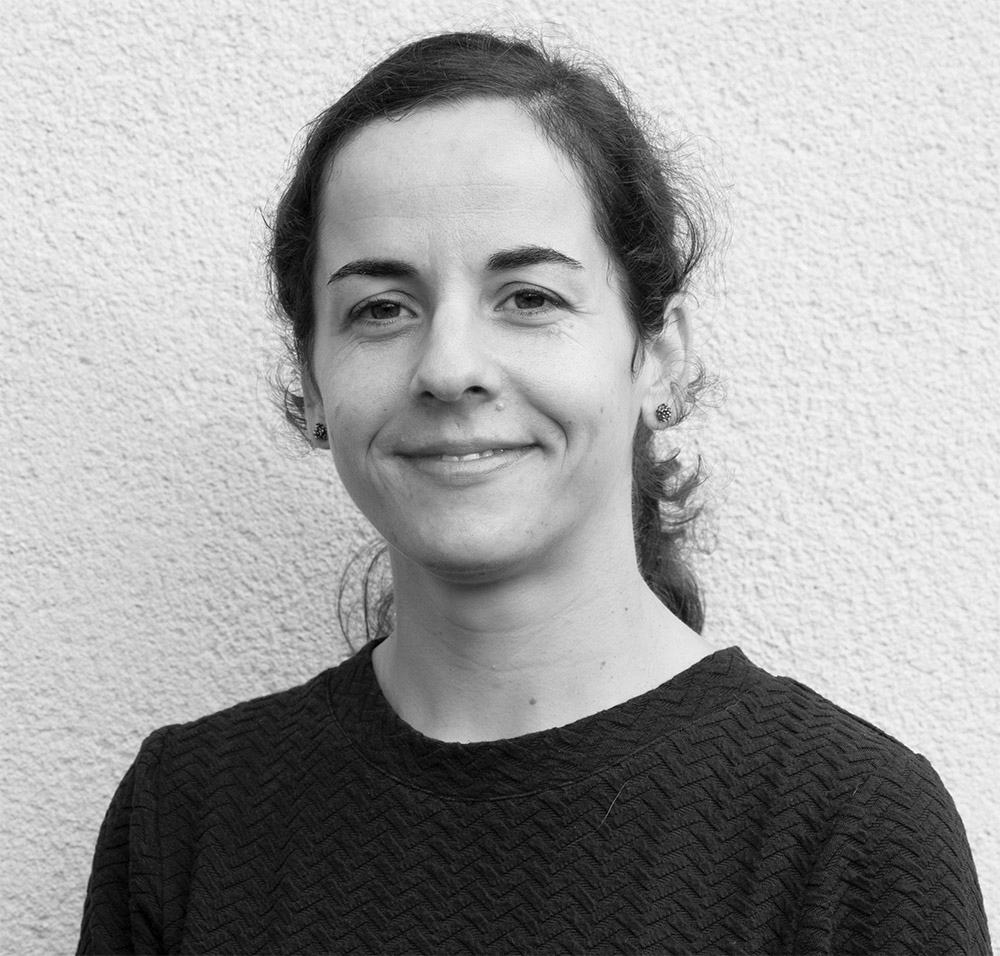The Royal Marsdens Ana Ribeiro, AI Transformation Lead describes her background in imaging and how she moved into research, then leadership and management within research. She explains the AI Imaging Hub within The Royal Marsden and the cancer research that takes place, as well as some of the major projects that are in progress with influential partners. Watch the podcast to find out more.
The Centre is one of the most important examples of the use of AI in oncology. The OCTAPUS-AI study was the first in the world to use different types of AI to find out which one could best tell which patients with NSCLC might get the cancer again after getting radiotherapy. NSCLC is a common type of lung cancer. AI is a software that can learn from data and make predictions. The study was published in a medical journal called Lancet’s Ebio Medicine.
The study looked at data from 657 NSCLC patients who got radiotherapy at five UK hospitals. The study showed that AI could help doctors to check on patients after treatment based on how likely they were to get the cancer again. This could help to catch the cancer early in patients who were at high risk and give them treatment quickly. This could make them live longer and better. Patients who were at low risk could have fewer tests and visits to the hospital.
The study used different factors to predict how likely the patients were to get the cancer again. These factors included things like age, gender, how big and bad the tumour was, what kind of radiotherapy they got, whether they smoked, and how much they weighed. The study made models to put the patients into low or high-risk groups and to predict how long they would live without the cancer and overall. The study found that the size and stage of the tumour, the type and dose of radiotherapy, the smoking status, the weight, and the age of the patient were the most important factors for the model to make predictions.
The study also found that the model was better at making predictions than the usual way of doing it. The usual way is called the TNM staging system, which tells how much and where the cancer has spread in the body.
Lung cancer is the main cause of death from cancer in the world and in the UK, it causes more than one in five (21%) of all cancer deaths. NSCLC is the most common type of lung cancer and it can be cured if it is found early. But more than one in three (36%) of NSCLC patients in the UK get the cancer again.
To make lung cancer patients live longer and better, NICE has asked for more research on using factors to make models that can tell doctors how to check on patients after treatment. The OCTAPUS-AI study was done to answer this request.
This study shows that machine learning models can predict NSCLC patients’ outcomes following curative radiotherapy using routinely available clinical data. As this type of data can be accessed easily, this methodology could be replicated across different health systems. This study is therefore an exciting first step towards developing a model to help guide the post-treatment surveillance of this patient group based on their individual risk of recurrence.
